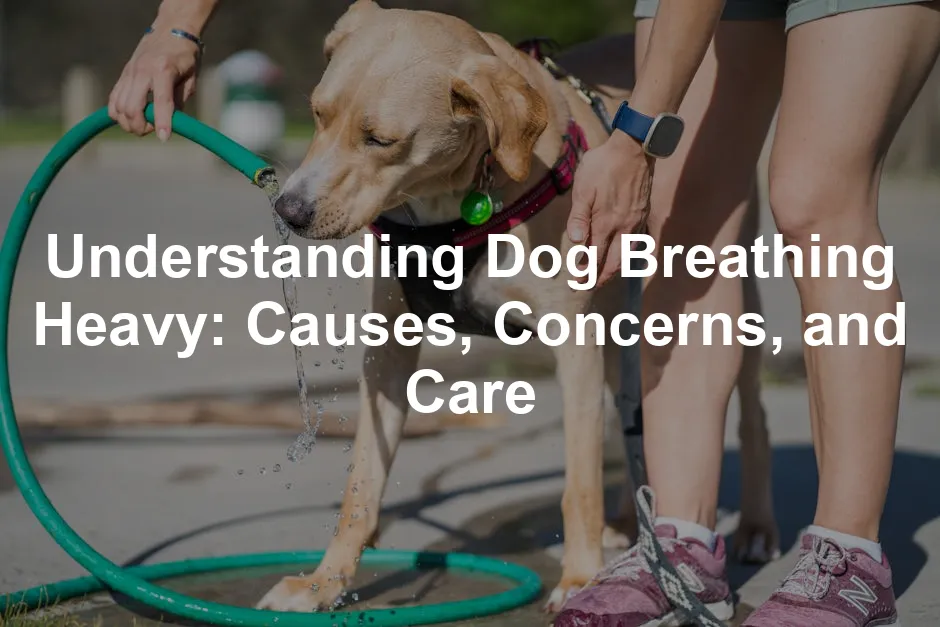Introduction
Is your dog breathing unusually heavy? Heavy breathing can signal health issues. It’s crucial to notice abnormal patterns in your dog’s breathing. This article aims to guide dog owners on identifying causes, symptoms, and when to seek veterinary help.
For those moments when you need to keep an eye on your pup’s health, consider a Dog Breathing Monitor. It’s like having a little vet at home, always ready to alert you if something seems off!
Summary and Overview
Heavy breathing in dogs can indicate various issues. Typically, a healthy dog breathes between 15 to 35 breaths per minute while at rest. This rate can vary based on factors like breed and activity level. If your dog breathes over 40 times per minute, it may require attention. Persistent heavy breathing can point to serious underlying conditions, so it’s essential to monitor your dog’s respiratory patterns closely. Throughout this article, we’ll explore common causes, from heart conditions to environmental factors, to help you understand what may be affecting your furry friend.

And let’s not forget, having a Pet First Aid Kit handy can be a lifesaver. You never know when your pup might need a little extra TLC!
Understanding Normal Dog Breathing
What is Normal Breathing in Dogs?
Normal breathing for dogs ranges from 15 to 35 breaths per minute at rest. Several factors can influence this rate, including exercise, heat, and excitement. After playtime or in warm weather, dogs often pant to cool down. Panting allows heat and moisture to escape, helping them regulate body temperature effectively. It’s essential to recognize when panting turns into heavy breathing, as this shift can indicate underlying health issues.
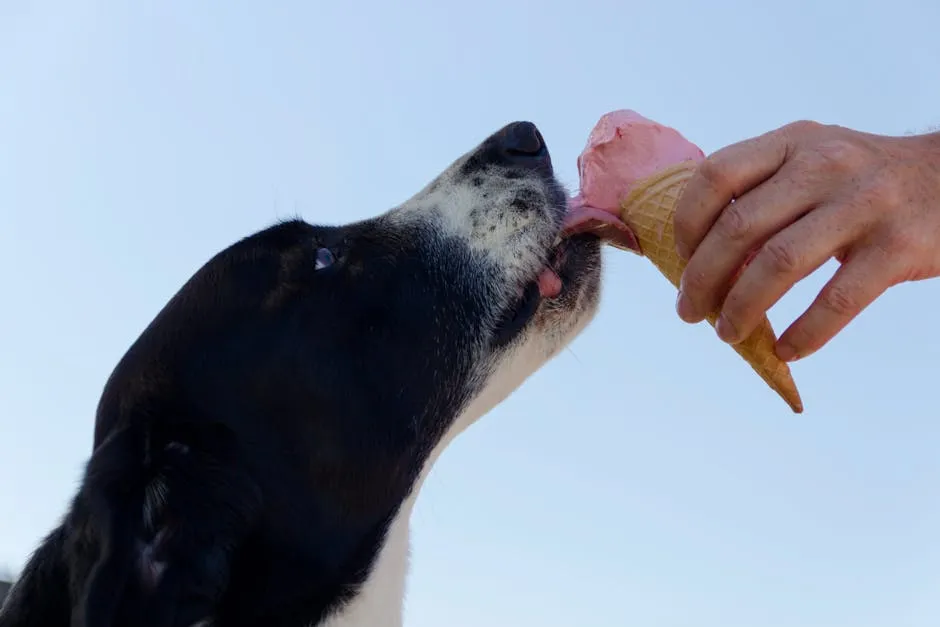
If you’re looking to keep your dog cool during those hot summer days, a Dog Cooling Mat could be just what you need. It provides a refreshing spot for your pup to relax and beat the heat!
Causes of Heavy Breathing in Dogs
Common Medical Conditions
Heavy breathing in dogs can result from various medical conditions. Understanding these conditions is crucial for timely intervention.
One common issue is congestive heart failure. This condition occurs when the heart struggles to pump blood effectively. It leads to fluid buildup in the lungs, causing difficulty in breathing. Symptoms may include coughing and lethargy.
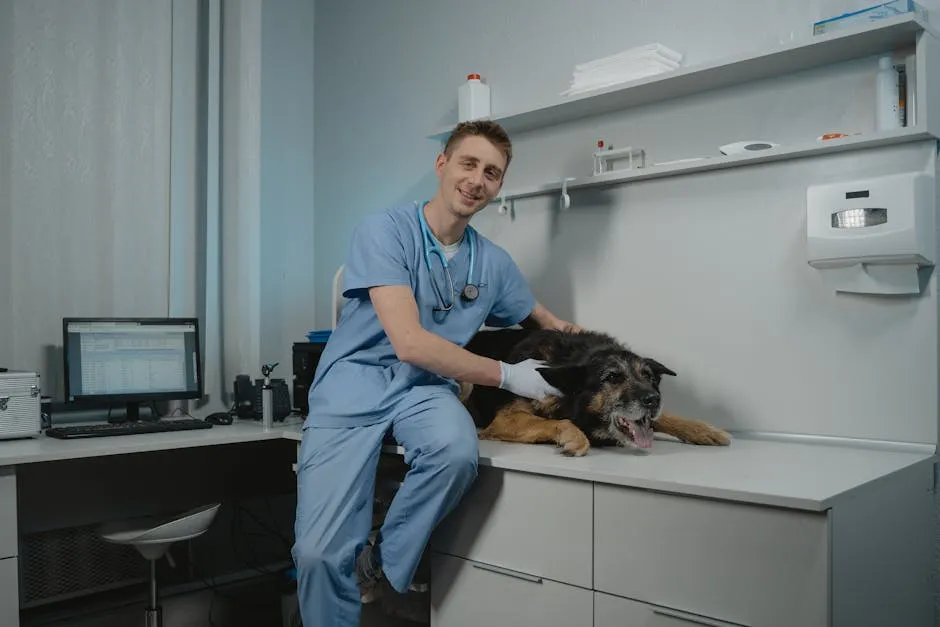
Asthma is another significant cause. This respiratory disorder causes inflammation in the airways, leading to wheezing and labored breathing. It can be triggered by allergens or environmental factors.
Pneumonia also contributes to heavy breathing. This infection causes inflammation in the lungs, often resulting in coughing, fever, and lethargy. Dogs with pneumonia may struggle to breathe comfortably.
For those concerned about respiratory issues, a Dog Oxygen Therapy Mask can be a great tool to have on hand. It can help your dog breathe easier during stressful times!
Lung diseases, including cancer, can manifest as heavy breathing. Tumors or other growths in the lungs can obstruct airflow, causing distress. Early detection is vital for effective treatment.
Anemia is another condition to consider. It occurs when there aren’t enough red blood cells to carry oxygen. This can lead to weakness and rapid breathing as the body struggles to get enough oxygen.
Recognizing these medical conditions can significantly impact your dog’s health. If you notice heavy breathing, consult your veterinarian promptly for a thorough evaluation.
Non-Medical Factors
Heavy breathing in dogs isn’t always linked to medical issues. Psychological factors can play a role. Stress and anxiety are common culprits. Just like us, dogs can feel overwhelmed or anxious. Situations like loud noises, unfamiliar environments, or separation from their owners can lead to heavy breathing.
Environmental factors also contribute to this issue. Hot weather can make dogs overheat, especially if they don’t have enough water or shade. Heatstroke is a serious risk, so ensure your dog stays cool during warm days.

To help alleviate anxiety, consider a Dog Anxiety Vest. It can provide that extra sense of security for your furry friend during stressful moments.
Smoke inhalation is another concern. Exposure to smoke, whether from fires or indoor pollutants, can irritate a dog’s respiratory system. This irritation may lead to heavy breathing, coughing, or lethargy.
Understanding these non-medical factors helps in creating a comfortable environment for your dog. Keeping them calm and ensuring their surroundings are safe can significantly reduce instances of heavy breathing.
Breed-Specific Concerns
Certain dog breeds are more prone to respiratory issues. Brachycephalic breeds, like Bulldogs, Pugs, and Boxers, have unique anatomical features. Their shortened snouts and flattened faces can restrict airflow. This can lead to increased breathing effort and heavy breathing.

These breeds often struggle with heat regulation, making them more susceptible to overheating. It’s essential to monitor their breathing closely, especially during exercise or hot weather.
If you own one of these breeds, consider investing in a Dog Carrier Backpack. It allows you to carry them safely while also providing ventilation and comfort!
Recognizing Abnormal Breathing
Signs of Heavy Breathing
Heavy breathing in dogs can be alarming. It’s essential to recognize the signs early. First, monitor the respiratory rate. If your dog breathes over 40 times per minute while resting, that’s a red flag.
Another sign is open-mouthed breathing, which differs from normal panting. Dogs may also use their stomach muscles to breathe, indicating distress.
Pay attention to your dog’s gum color. Healthy gums should be pink. If they appear pale or bluish, this may signal inadequate oxygenation.
Being alert to these signs can help you act quickly. If you notice these symptoms, consult your veterinarian right away.
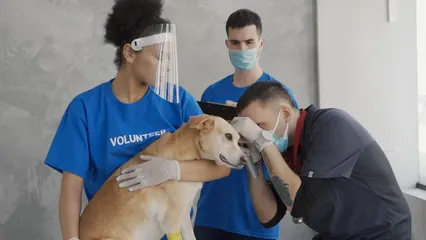
Differentiating Between Normal and Heavy Breathing
Understanding the difference between normal panting and heavy breathing is crucial. Normal panting typically occurs after exercise or during hot weather. It involves short, shallow breaths and should subside quickly.
In contrast, heavy breathing lasts longer and appears effortful. You might see your dog’s chest heaving or their stomach moving as they struggle to breathe.
Context matters too. Consider your dog’s activity level and environment. Heavy breathing in a calm setting warrants concern. If your dog shows any of these signs, don’t hesitate to seek veterinary advice.
When to Seek Veterinary Care
Emergency Signs
Not all heavy breathing in dogs is harmless. Certain signs indicate an urgent need for veterinary care. If your dog shows lethargy or weakness, this is concerning. A lack of energy can mean serious health issues are at play.
If your dog collapses, don’t wait. This is a clear emergency. Persistent coughing is another red flag. It may suggest respiratory problems that need immediate attention.

Abnormal noises during breathing also warrant a vet visit. These sounds can indicate distress or obstruction. It’s vital to act quickly if you notice any of these signs. Your dog’s health may depend on it.
Veterinary Diagnosis and Testing
When you bring your dog to the vet, expect a thorough assessment. The veterinarian will start with a physical examination. They’ll check your dog’s heart and lungs for any abnormalities.
X-rays may be necessary to visualize internal structures. This helps identify issues like fluid in the lungs or heart problems. Blood tests will provide insights into your dog’s overall health.
Additionally, oxygen level assessments can determine if your dog is getting enough oxygen. These diagnostic methods are crucial for understanding the cause of heavy breathing. Early diagnosis can lead to effective treatments.
Treatment Options for Heavy Breathing
Treatment Based on Underlying Cause
Treatments for heavy breathing depend on the underlying cause. If your dog struggles with oxygen intake, oxygen therapy may be recommended. This helps alleviate respiratory distress and improve comfort.
Medications are often prescribed based on specific conditions. For instance, bronchodilators help open the airways in cases of asthma. Antibiotics may be necessary for infections like pneumonia.
In some cases, surgery might be needed. Structural issues within the respiratory system can sometimes require surgical intervention. This could involve correcting airway obstructions or removing tumors.
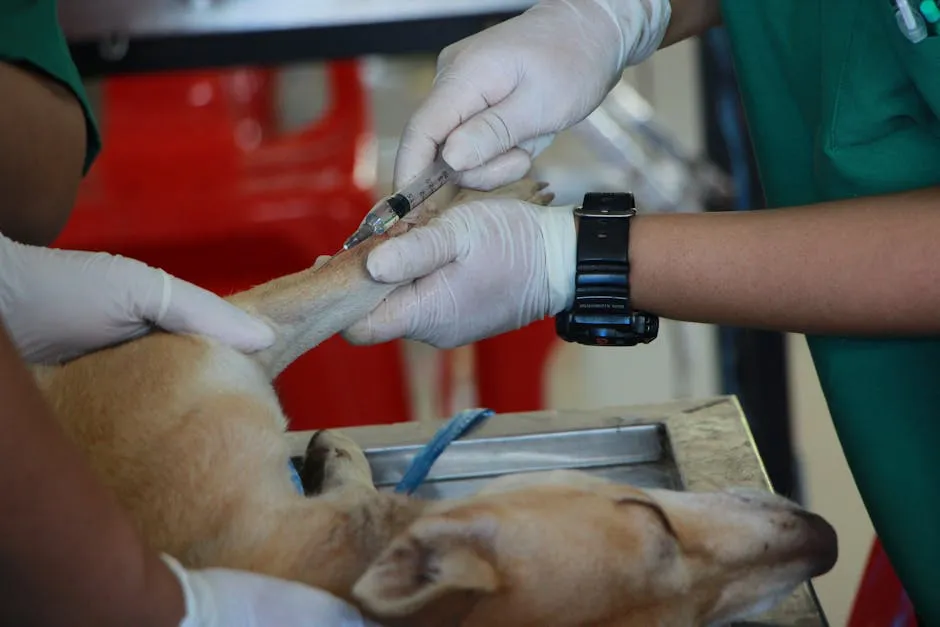
Always consult your veterinarian for the best course of action. They can tailor treatments to your dog’s individual needs, ensuring the best possible outcome.
Home Care and Management
Managing a dog with heavy breathing at home requires patience and care. First, keeping your dog calm is essential. A quiet environment can help reduce stress. Try gentle petting or talking softly to soothe them.
Next, ensure your dog stays hydrated. Offer fresh water regularly, especially if they seem to pant more than usual. Proper hydration is vital for their overall health. A Dog Water Bottle can make it easy to keep them hydrated on the go!

Finally, monitor your dog’s symptoms closely. Take note of any changes in their breathing patterns or behavior. If you notice worsening symptoms, such as lethargy or coughing, contact your veterinarian. Early intervention can make a significant difference in your dog’s health.
Conclusion
In summary, heavy breathing in dogs can point to various health issues. It’s crucial to stay vigilant about any changes in your dog’s breathing patterns. Recognizing when something seems off can lead to timely veterinary intervention. Always consult a vet if you have concerns about your dog’s health. Your furry friend relies on you to keep them safe and healthy. Don’t hesitate to reach out for professional advice when needed.

To ensure your dog is comfortable, consider a Dog Bed with Orthopedic Support. It can help soothe their aching joints and provide a cozy place to rest.
Please let us know what you think about our content by leaving a comment down below!
Thank you for reading till here 🙂
All images from Pexels

